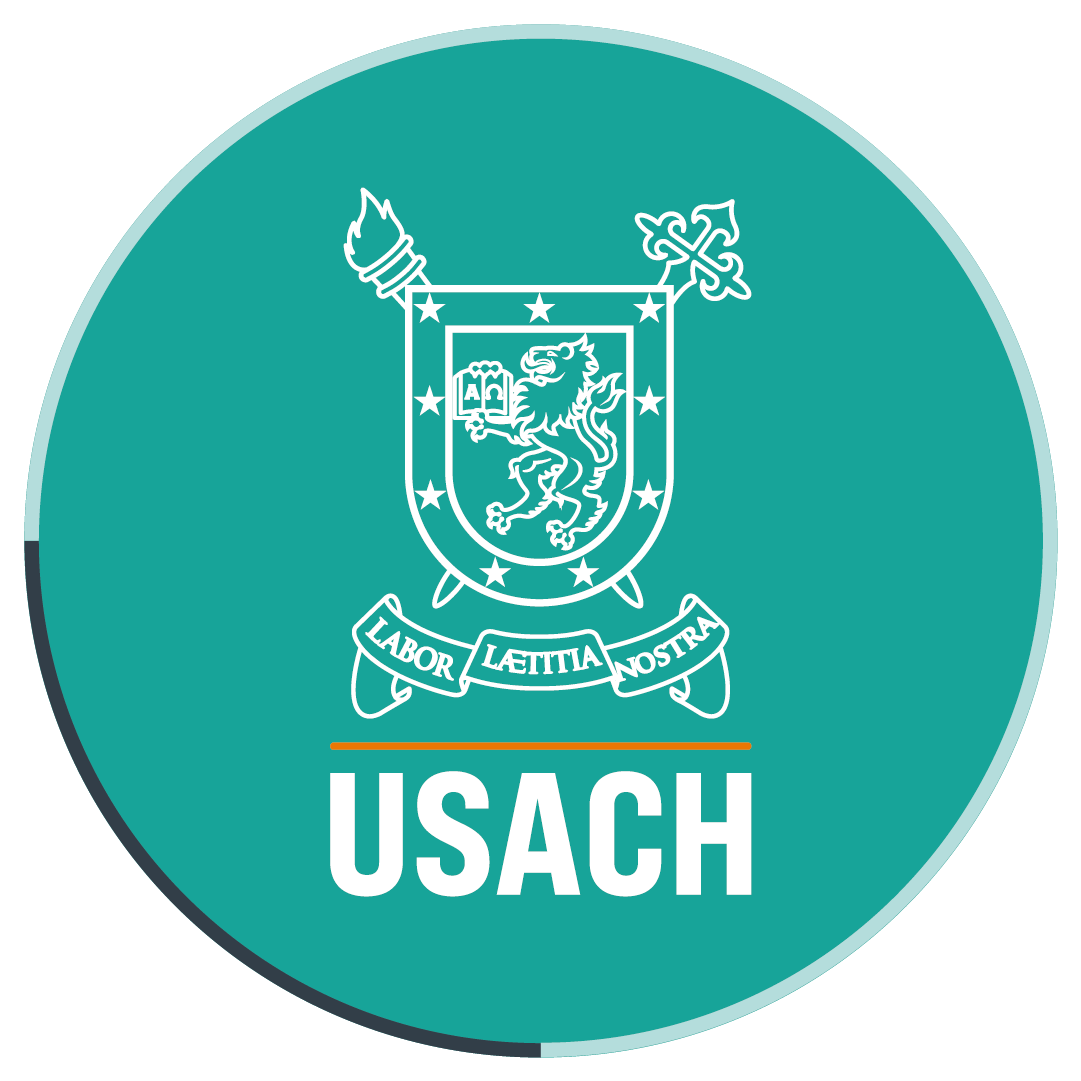Researchers develop a quinoa-based concentrate as alternative food
- Dr Silvia Matiacevich and Professor Rosa Navarro, both researchers at the Technological Faculty of Universidad de Santiago de Chile, were able to concentrate quinoa proteins in liquid emulsions to then dehydrate them into a powdered product that could be an alternative to animal products.
After two years, a team of scientists at the Technological Faculty of Universidad de Santiago de Chile found that quinoa proteins can be concentrated to generate liquid emulsions and then, after being dehydrated, transformed into a nutritious healthy powdered product.
Dr Silvia Matiacevich, professor at the Department of Food Science and Technology, and Rosa Navarro, professor the Technological Faculty, are leading this study that has already shown significant results.
“We were able to produce shelf-stable liquid emulsions based on quinoa proteins. Without any additive, these proteins and oil with active properties can be kept stable for almost 25 days, with a good appearance and without getting contaminated,” professor Navarro says.
Based on these emulsions, then the researchers were able to make a powdered product for people who do not eat animal products.
“We dehydrated these high-protein emulsions because we wanted to offer a powdered ingredient that can be added to any type of food to enhance its properties,” professor Navarro adds. The powder includes a bioactive component which is rich in antioxidant and antihypertensive properties.
“In this way, we can offer two versions of the product as a functional and healthy food, even for people allergic to quinoa,” Dr Matiacevich says.
The product idea
In 1996, quinoa was classified by FAO as one of humanity’s most promising crops, not only for its beneficial properties and its many uses, but also considering it as an alternative to solve the problems of human nutrition.
Quinoa is mostly grown in the Bolivian and Peruvian Andes. In Chile, quinoa crops are expanding in the northern and central regions of the country.
These were the reasons why the researchers decided to carefully study the properties of this pseudo-cereal.
“Quinoa has high protein content. However, people still do not consume as much quinoa as one may expect, so we asked ourselves if quinoa’s proteins are as functional as the proteins of soya or milk,” professor Navarro says. The researchers focused their work on a product that could be put in the market as an alternative to dairy products (or even meat) for people who do not consume animal products, like vegans, for example.
Other professionals collaborating on the project are Dr Rommy Zúñiga (Universidad Tecnológica Metropolitana), Dr Javier Enrione (Universidad de Los Andes), and Dr Carolina Astudillo and Dr Fanny Guzmán (Pontificia Universidad Católica de Valparaíso).
The project has been funded by means of contributions and Conicyt grants.
Translated by Marcela Contreras

